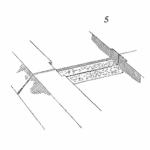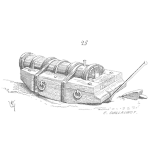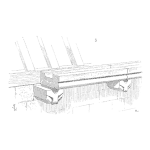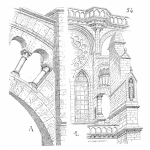
By Charles J. Latino
Foreword By Robert J. Latino: I wanted to dust off this impactful paper written by my father before he passed, and ask for your opinions about how far we have really come in the field of Reliability Engineering, based on your experience?
You are the ones that carry on the Reliability torch today. Based on Charles’ reflections about his Reliability career, how far has your facility come and what hurdles do you still face? [Read more…]











 Storerooms are a critical part of any maintenance and reliability program, but they are often overlooked. When a storeroom is operating at best in class levels, the right parts are available at the right time. The storeroom is only able to achieve this when it its into the maintenance department.
Storerooms are a critical part of any maintenance and reliability program, but they are often overlooked. When a storeroom is operating at best in class levels, the right parts are available at the right time. The storeroom is only able to achieve this when it its into the maintenance department.
